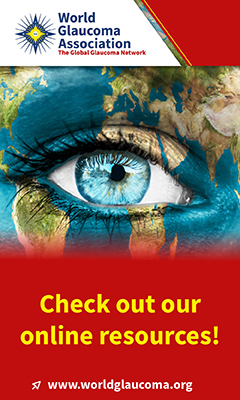advertisement

Abstract #112006 Published in IGR 24-3
Cost-utility analysis of commonly used anti-glaucoma interventions for mild-to-moderate primary open-angle glaucoma patients in rural and urban China
Li R; Zhang K; Lu Z; Mou D; Wang J; Li H; Fan S; Wang N; Liu HBMJ open 2023; 13: e073219
OBJECTIVE: An increasing number of studies have explored the clinical effects of antiglaucoma surgical procedures; however, economic evidence was scarce. We aimed to compare the cost-effectiveness between maximal medical treatment (MMT) and commonly used surgical procedures (trabeculectomy, Ahmed glaucoma valve implantation, gonioscopy-assisted transluminal trabeculotomy and ab interno canaloplasty). DESIGN AND SETTING: A Markov model study. PARTICIPANTS: A hypothetical cohort of 100 000 patients with mild-to-moderate primary open-angle glaucoma (POAG). OUTCOMES: Data were obtained from public sources. The main outcomes were incremental cost-utility ratios (ICURs) using quality-adjusted life-years (QALYs). Sensitivity analyses were conducted to verify the robustness and sensitivity of base-case results. MAIN RESULTS: Both cumulative costs and QALYs gained from surgical procedures (US$6045-US$13 598, 3.33-6.05 QALYs) were higher than those from MMT (US$3117-US$6458, 3.14-5.66 QALYs). Compared with MMT, all surgical procedures satisfied the cost-effectiveness threshold (lower than US$30 501 and US$41 568 per QALY gained in rural and urban settings, respectively). During the 5-year period, trabeculectomy produced the lowest ICUR (US$21 462 and US$15 242 per QALY gained in rural and urban settings, respectively). During the 10-year-follow-up, trabeculectomy still produced the lowest ICUR (US$13 379 per QALY gained) in urban setting; however, gonioscopy-assisted transluminal trabeculotomy (US$19 619 per QALY gained) and ab interno canaloplasty (US$18 003 per QALY gained) produced lower ICURs than trabeculectomy (US$19 675 per QALY gained) in rural areas. Base-case results were most sensitive to the utilities and costs of initial treatment and maintenance. CONCLUSIONS: The long-term cost-effectiveness of commonly used surgical procedures could be better than the short-term cost-effectiveness for mild-to-moderate POAG patients in China. Health economic studies, supported by more rigorous structured real-world data, are needed to assess their everyday cost-effectiveness.
Full article

